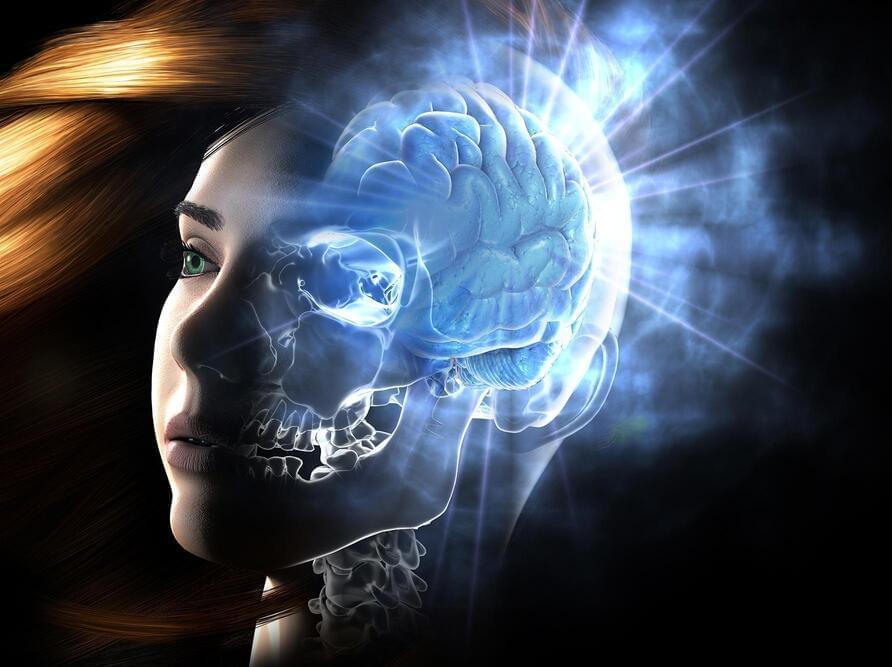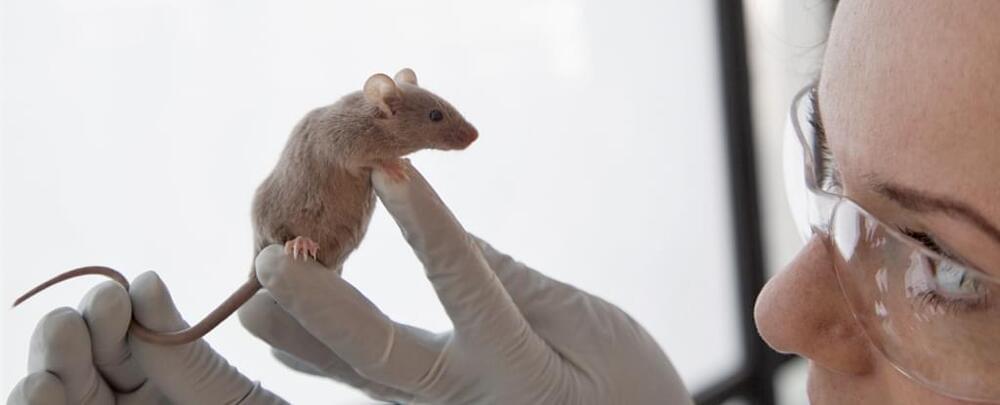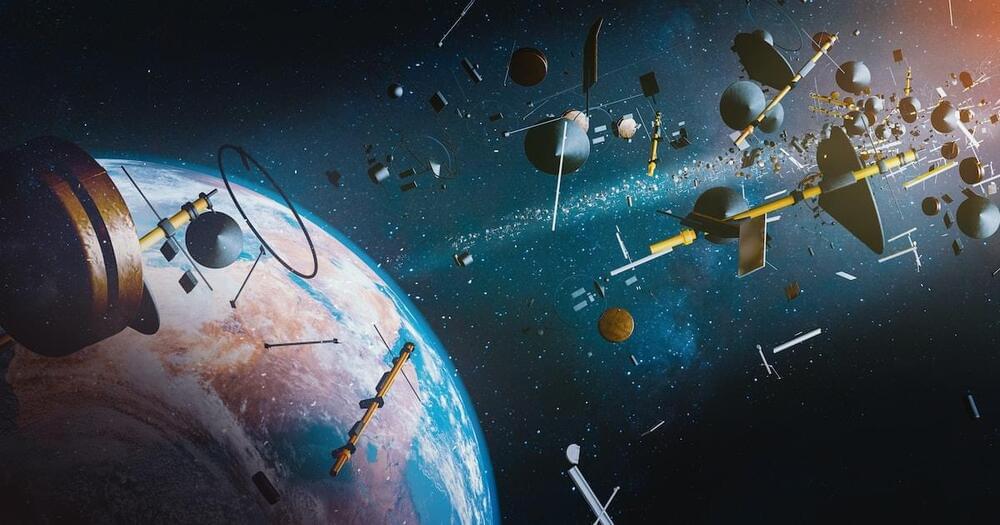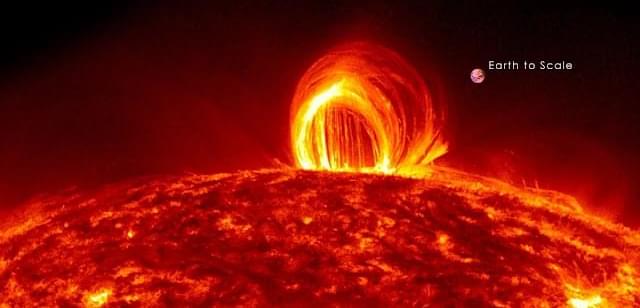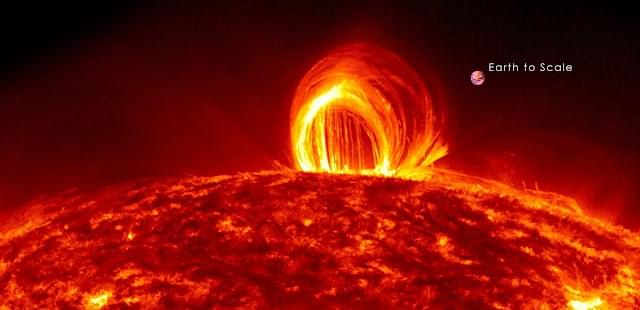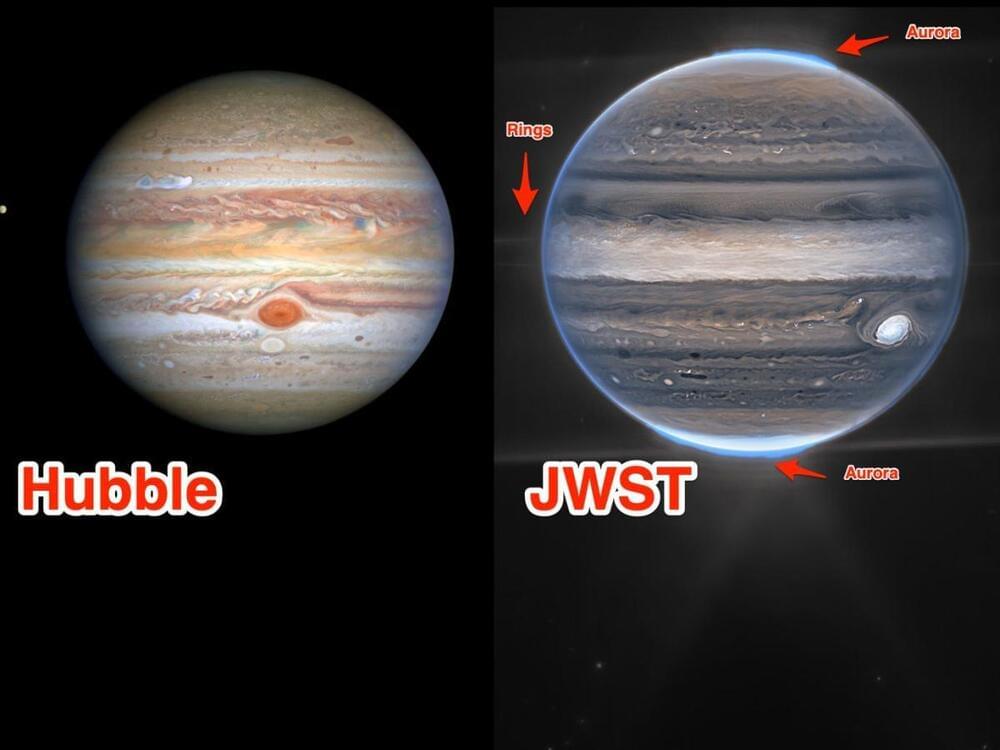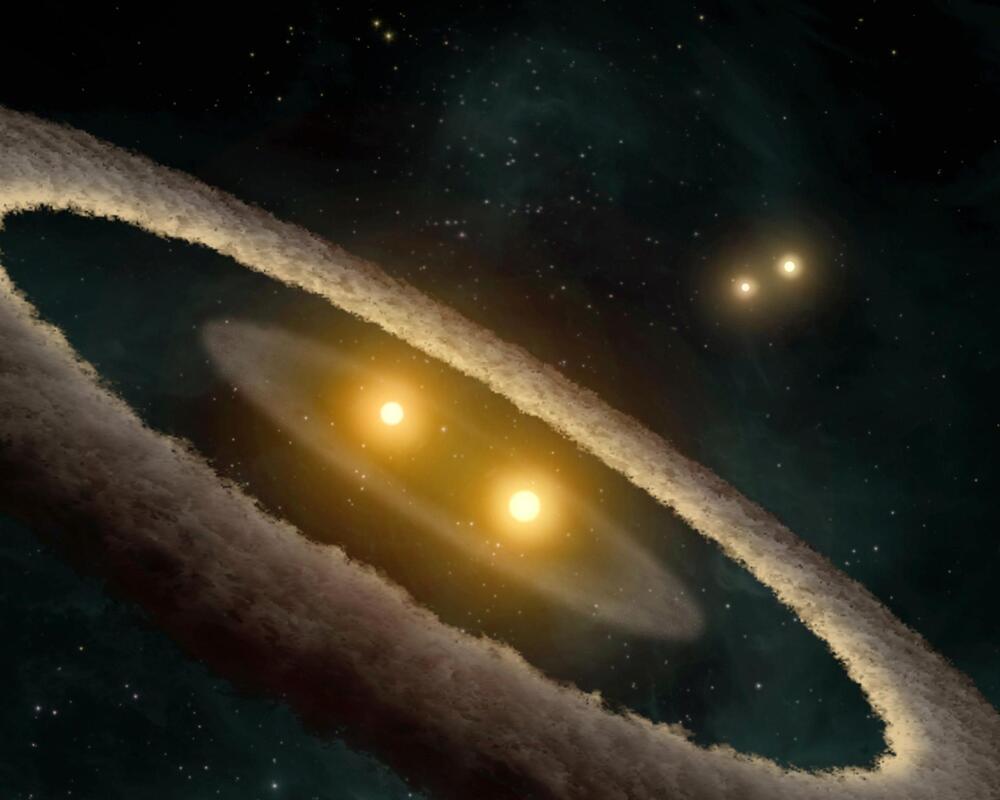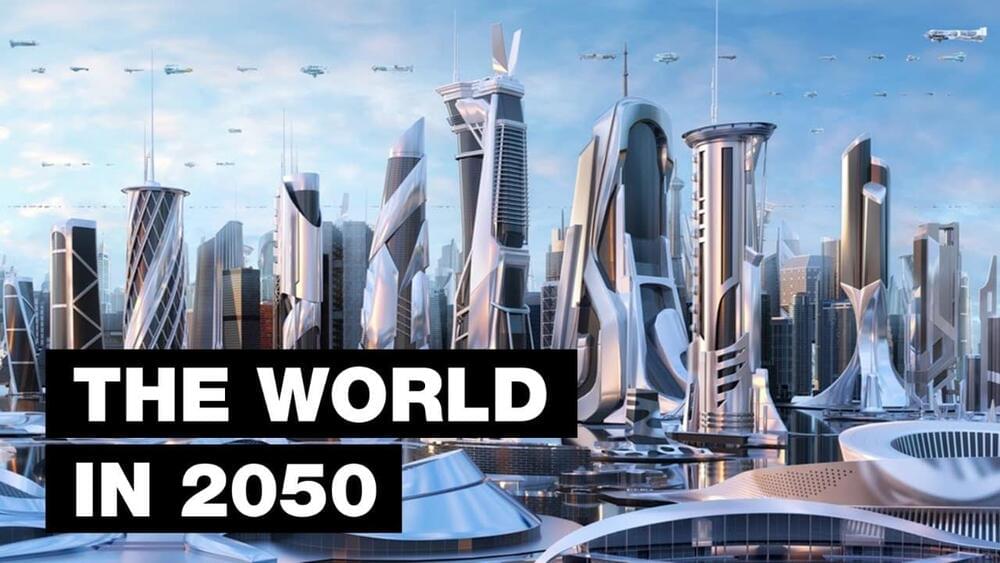Sep 4, 2022
A Promising Therapy for Hard-To-Treat Depression: Deep Brain Stimulation
Posted by Kelvin Dafiaghor in categories: biotech/medical, health, neuroscience
A study finds that deep brain stimulation to areas of the brain associated with reward and motivation could be used as a potential treatment for depression.
According to researchers at the University of Texas Health Science Center at Houston, deep brain stimulation (DBS) to the superolateral branch of the medial forebrain bundle (MFB), which is linked to motivation and reward, revealed metabolic brain changes over a 12-month period following DBS implantation. This makes it a potent potential therapy for treatment-resistant depression.
The study’s findings, which included 10 patients, were published in the journal Molecular Psychiatry.
